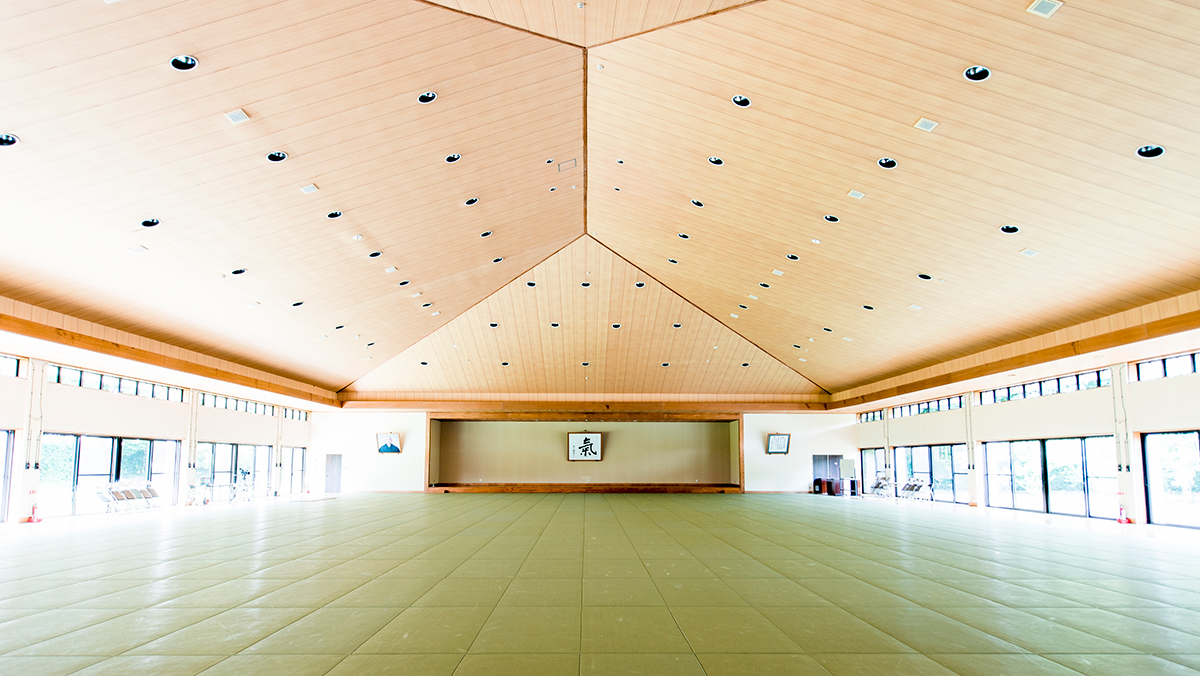The prolonged effects of COVID19 have perhaps made us more irritable. We may get angry over the smallest things, causing conflicts with our family. Many have this problem.
It’s difficult to control our emotions when we are irritated. Trying to tell ourselves “not to be irritated” can cause and even greater loss of self-control. So, what can we do about it?
Fortunately, emotions and breathing are closely linked. We may not be able to control our emotions, but we can control our breathing and therefore our emotions.
Most people are usually unaware of their breathing. So, the first step is to pay attention to our breathing:
-What kind of breathing are you doing at the moment? Are you breathing slowly, or are you breathing rapidly?
-If you are breathing slowly, try breathing faster. What does it feel like?
-If you are breathing rapidly, dare to slow down. What sensations does this cause within you?
If you experience a different sensation, now try to remember your normal breathing patterns.
When you are angry, you breathe with “angry breathing”. Try to remember what it feels like to be angry and try to recreate that breathing pattern.
If you are not sure, try observing how you breathe when you are actually angry in your daily life. Interestingly enough, the observation itself should help you to reduce your anger.
In the same way, when you are irritated, you breathe “irritated breathing”. When you are tense, you breathe “tense breathing”. When you are feeling anxious, you breathe “anxious breathing”.
Let’s try to recreate each of these breaths. You will see that they are all very shallow breaths.
Now try to remember when you are breathing out most comfortably. What is your breath like when you come into contact with something that makes you feel truly wonderful?
If you are a mountaineer, and you are climbing a steep mountain path with no view when suddenly your vision opens up and you see a spectacular view, don’t you say “Wow!” and let out a pleasant exhale?
If you have a sweet tooth, and you have received a gift from someone and open it to find that it is one of your favorite luxury sweets, don’t you say “Wow!” and let out a pleasant exhale?
When you exhale in this way, you are breathing deeply and without tension. This is the most important point when doing Ki breathing.
When trying to do breathing meditation, many people tell themselves to “exhale for a fixed number of seconds” or maybe just to “exhale for a long time.” In other words, their mind is causing pressured breathing.
Children who grow up in tightly controlled households complain that they feel suffocated at home. This is not because of a lung problem, but because of the oppressive environment in which they live. Even this can cause this same “pressured breathing”.
If we allow our bodies to learn to breathe out comfortably in our daily life, the result will be that we are not controlled by our emotions. Let’s try this same comfortable breathing whenever our emotions are disturbed.
When I was younger, I was a very hot tempered and was sensitive to external stimuli, sometimes taking it out on people and things around me. This irritation was amplified many times by my shallow breathing.
Koichi Tohei Sensei was concerned about me, and taught me to do “calm breathing”. Thanks to this practice, I was no longer swayed by my emotions. As a result, I appreciate the importance of breathing very deeply.
If you can change your environment, you should change it. But if you can’t, as in the case of the COVID19, then it is important to calm your breathing as a way of protecting yourself.
Breathing and emotions are connected. Let’s practice this together.
Translate: Moe Mimori
Edited by: C. Curtis
Hawaii Ki Federation
https://www.hawaiikifederation.org/

